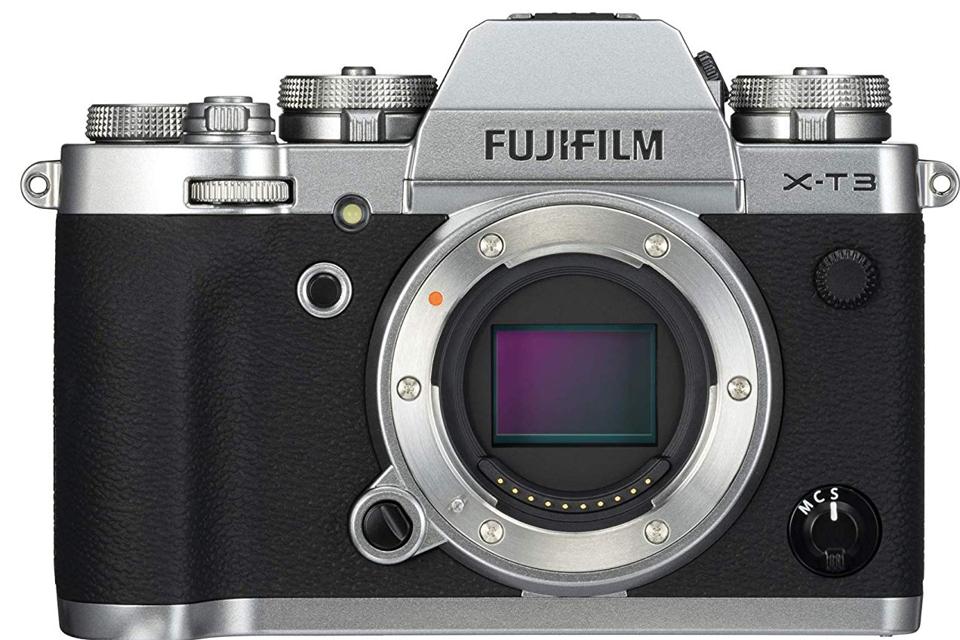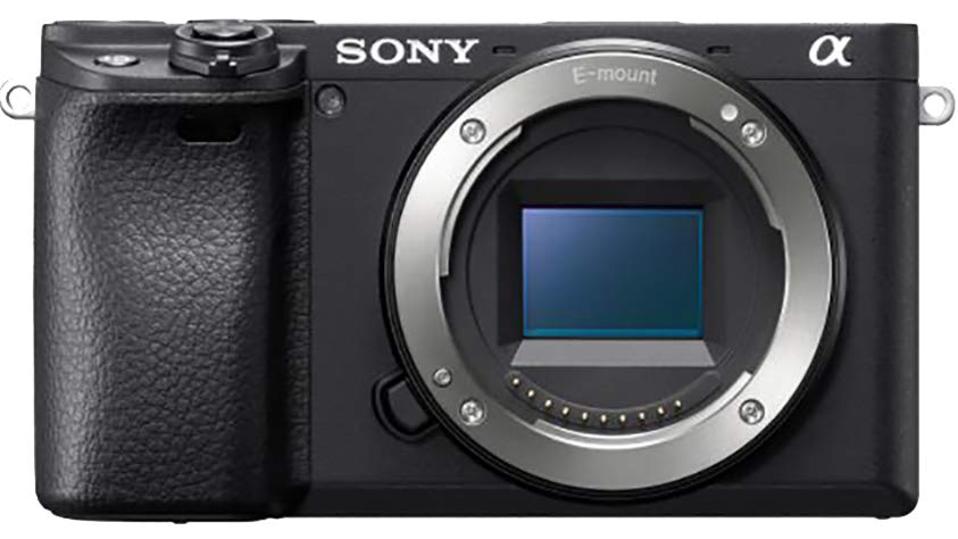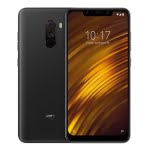
Ready On Set: Five of the best mirrorless cameras that’ll satiate your inner filmmaker.
FUJI
The day when you needed two cameras—one to shoot video and one for stills—is long gone. Even many uber-affordable point-and-shoot cameras can do both. However, if you are looking for a device that can do both well, then you need to look for some that record in ultra-high definition or 4K.
The latest mirrorless cameras are perfect for the job. The technology behind mirrorless cameras has improved so dramatically that they can shoot professional-grade images and high-quality 4K video at a fraction of the size and weight of a digital single-lens reflex (DSLR) camera, turning them into a vlogger’s best friend.
So if you are looking for a camera that can deliver rich video content, here are the best mirrorless systems for video recording:

Style And Substance: It’s just as good at 4K video as it is at still photography.
FUJI
Contents
Fujifilm X-T3
On the outside, the X-T3, Fuji’s third-generation premium mirrorless camera, is mostly unchanged from its predecessor, i.e., it has a great retro look and a complete set of manual controls. Inside, it’s a 21st-century marvel. Though some upgrades are relatively minor, most are substantial—pro-level video options, high-res electronic viewfinder, and super-fast autofocus and burst shooting. Plus, a new sensor and processor that is capable of recording 4K video at 60 frames per second. Moreover, its image stabilization function works great with still pictures, helping reduce blur from shaky hands, and is phenomenal with video. The lack of a flip-around screen is a definite oversight, however.
Bottom line: With more advanced autofocus, blazing-fast continuous shooting and stellar video output, the X-T3 is great for video. Its image stabilization makes it better.
Shop Now

The Challenger: It’s big, it’s heavy, and it’s magnificent.
PANASONIC
Panasonic Lumix GH5S
The GH5S delivers first-rate performance, capturing great clarity, contrast and color straight out of the box. It can record real cinema 4K videos at 24 frames-per-second, UHD 4K videos at 60 frames-per-second, and full HD 1080p videos at up to 180 frames-per-second. Not many cameras can say that. In addition to upgrading to a video-centric image sensor, the camera is packed with features that make it more familiar, more useful and more versatile as a video camera than the GH5 before it, such as focus peaking, zebra exposures, waveform monitoring, and even immediate slow-motion playback. It’s more limited for still photography, however.
Bottom line: It may look like a typical mirrorless camera, but the GH5S is so much more. It is a professional video production camera, one that could see use in everything from student films to Hollywood blockbusters. It is one of the best sub-$3,000 video cameras out there.
Shop Now

Superior Focus: The A6400 makes getting good pictures and video much easier thanks to Real-Time Eye AF and Real-Time Tracking.
SONY
Sony A6400
The A6400 may seem like just another variant in Sony’s long-running A6000-series of cameras. However, it just seems that way. In addition to being able to capture 4K video at 30 frames-per-second, the A6400 is equipped with the company’s latest autofocus system and a flip-over screen. While these features might leave regular still photographers thinking “So what?” they are great news for videographers—especially vloggers who work alone and in front of the camera. When you’re in front of the camera, you need to be sure that you’re in the shot and in focus. The A6400 captures decent stills too, especially for action subjects.
Bottom line: It’s perfect for amateur shooters with aspirations past the vlogoshpere—a robust video camera that is also a handy all-round camera.
Shop Now

Straight Shooter: Nikon is taking video so seriously with its mirrorless cameras.
NIKON
Nikon Z 6
There are lots of reasons to love the Nikon Z 6. Still photographers might prefer the extra resolution of the company’s 45.7-megapixel Z 7, but for 4K video, the Z 6 is the better camera. It’s loaded with professional video goodies like a high-dynamic-range F-Log mode for those who want the flexibility to carry out color grading work in postproduction. With better low-light sensitivity, faster performance and a lower price tag, the Z 6 stands out from its higher-resolution peer. Its image quality is excellent, the design is both rugged and comfortable, and the in-body stabilization is stupendous. The only things you don’t get are 60-frame-per-second 4K video capture (though it can do 1080 video at 120 frames-per-second) and a flip-around front-facing screen (it merely has a tilting mechanism).
Bottom line: The Z 6 could easily be an excellent camera for enthusiasts as well as professionals who prioritize speed and low-light performance over resolution.
Shop Now
Olympus OM-D E-M5 Mark II

Great All-Around Shooter: Compact, robust and weatherproof.
OLYMPUS
Olympus cameras are popular with the masses for their retro SLR looks and the quality of the colorful photos they produce. The Olympus OM-D E-M5 Mark II is no exception. It’s weatherproof, black magnesium-alloy body feels reassuringly solid in hand, and it’s easy to carry anywhere. It also packs impressive goodies, like five-axis image stabilization that allows you to capture steady video even while walking around. Its size and rotating screen with tap-to-shoot and quiet shutter (with a silent option) are also ideal for keeping a low profile when shooting.
Bottom line: Compact, robust and weatherproof, the Olympus OM-D E-M5 lets you shoot great photos and videos nearly anywhere at a great price.
[“source=forbes”]










